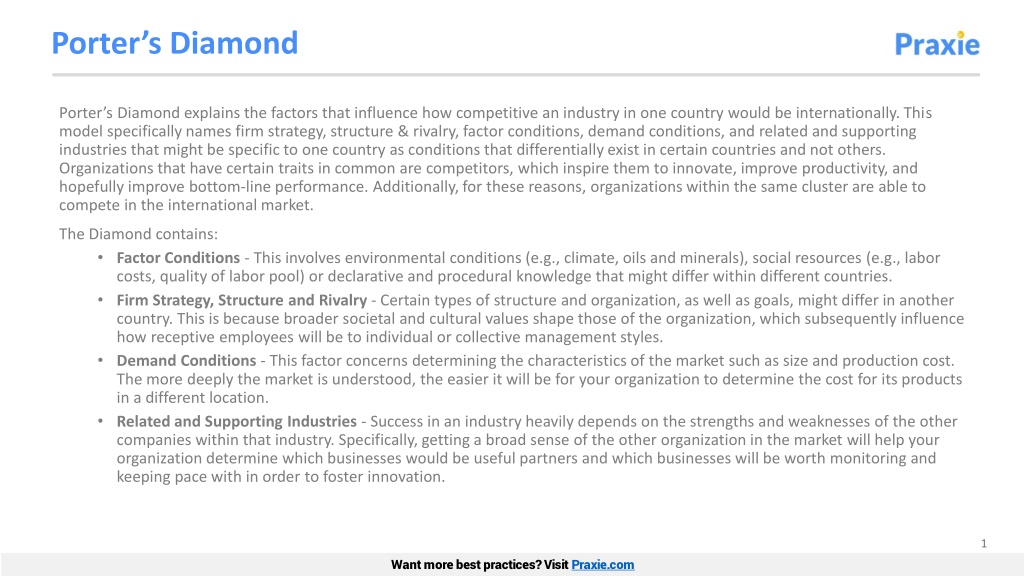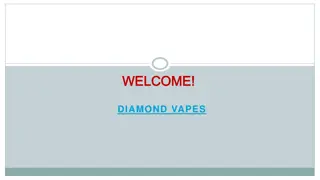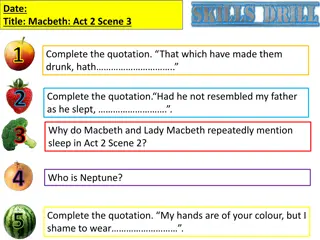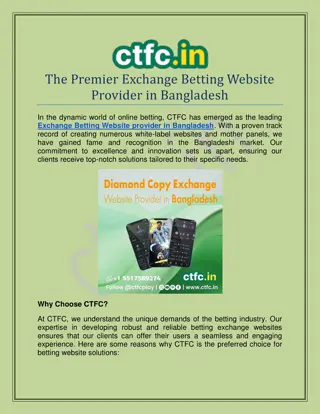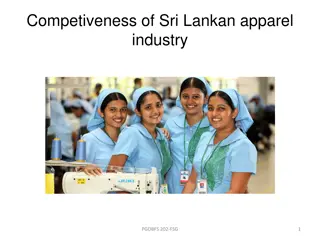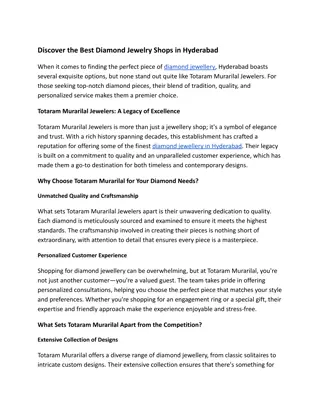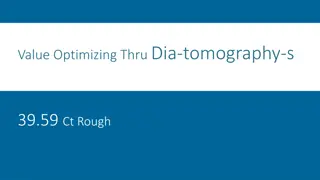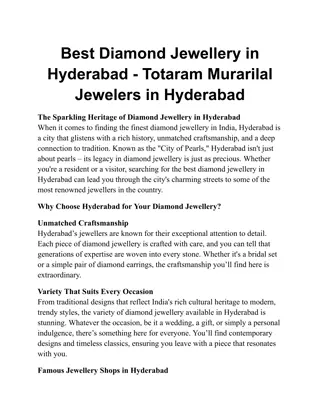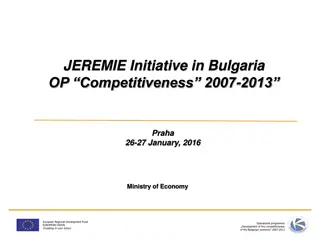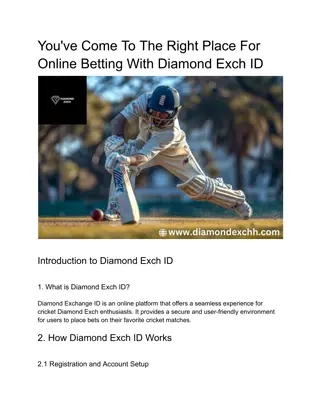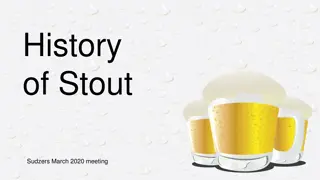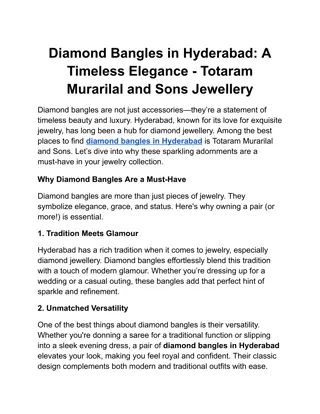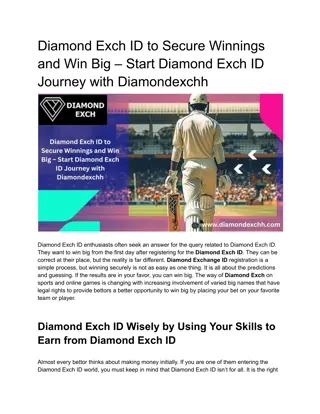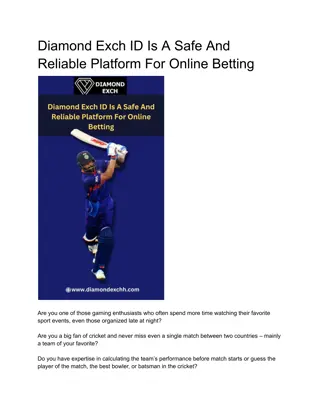Porter's Diamond Model for International Competitiveness
Porter's Diamond model explains the factors influencing the competitiveness of an industry internationally, focusing on firm strategy, structure, and rivalry; factor conditions; demand conditions; and related and supporting industries specific to each country. These elements shape how organizations innovate, improve productivity, and compete globally by leveraging unique country-specific conditions and industry clusters. The model emphasizes understanding environmental, social, and knowledge factors, as well as market characteristics and industry interactions. Action plans and stakeholder input are crucial for applying the model effectively and developing strategies for international success.
Download Presentation

Please find below an Image/Link to download the presentation.
The content on the website is provided AS IS for your information and personal use only. It may not be sold, licensed, or shared on other websites without obtaining consent from the author.If you encounter any issues during the download, it is possible that the publisher has removed the file from their server.
You are allowed to download the files provided on this website for personal or commercial use, subject to the condition that they are used lawfully. All files are the property of their respective owners.
The content on the website is provided AS IS for your information and personal use only. It may not be sold, licensed, or shared on other websites without obtaining consent from the author.
E N D
Presentation Transcript
Porters Diamond Porter s Diamond explains the factors that influence how competitive an industry in one country would be internationally. This model specifically names firm strategy, structure & rivalry, factor conditions, demand conditions, and related and supporting industries that might be specific to one country as conditions that differentially exist in certain countries and not others. Organizations that have certain traits in common are competitors, which inspire them to innovate, improve productivity, and hopefully improve bottom-line performance. Additionally, for these reasons, organizations within the same cluster are able to compete in the international market. The Diamond contains: Factor Conditions - This involves environmental conditions (e.g., climate, oils and minerals), social resources (e.g., labor costs, quality of labor pool) or declarative and procedural knowledge that might differ within different countries. Firm Strategy, Structure and Rivalry - Certain types of structure and organization, as well as goals, might differ in another country. This is because broader societal and cultural values shape those of the organization, which subsequently influence how receptive employees will be to individual or collective management styles. Demand Conditions - This factor concerns determining the characteristics of the market such as size and production cost. The more deeply the market is understood, the easier it will be for your organization to determine the cost for its products in a different location. Related and Supporting Industries - Success in an industry heavily depends on the strengths and weaknesses of the other companies within that industry. Specifically, getting a broad sense of the other organization in the market will help your organization determine which businesses would be useful partners and which businesses will be worth monitoring and keeping pace with in order to foster innovation. 1 Want more best practices? Visit Praxie.com
Porters Diamond Enter analysis here Factor Conditions Factor Conditions Enter analysis here Demand Conditions Related & Supporting Industries Demand Conditions Enter analysis here Related & Supporting Industries Strategy, Structure, and Rivalry Enter analysis here Strategy, Structure & Rivalry 2 Want more best practices? Visit Praxie.com
Actions Create an action plan for completing your Diamond model, including any research and input needed from key stakeholders or your team. Also include actions based on addressing the implications or strategies that arise from completing your analysis. Actions Owner Due Date Enter action here Enter owner Enter due date 3 Want more best practices? Visit Praxie.com
www.praxie.com Learn, Configure & Run Business Best Practice Applications in Minutes. Want more best practices? Visit Praxie.com
